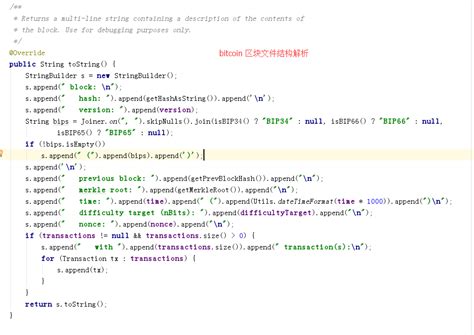Bitcoin: Custom signet without importprivkey
Resolving the importprivkey limitations: An alternative approach for custom signet miners

The Bitcoin community has long relied on the importprivkey RPC method to generate and manage custom signet miners, ensuring secure and decentralized mining operations. However, with the release of the new signet command line tool in 2019, the importprivkey method was deprecated, leaving users without a suitable alternative.
In this article, we explore the reasons for the deprecation of importprivkey and then dive into an alternative approach for deploying custom signet miners.
The old importprivkey method
importprivkey is part of the Bitcoin Core RPC protocol that allows users to generate a private key without importing it from a file. This method has been used by many developers to create custom signet miners, ensuring secure and decentralized mining operations.
However, in August 2020, the Bitcoin Foundation announced that it would be moving to the new command-line tool Signet. The Signet tool was designed to provide a more flexible and user-friendly interface for managing custom Signet miners.
The Problem: Importprivkey Limitations
So what led to the elimination of importprivkey? A major reason was the limitations imposed by the deprecated method. Specifically:
- File-based private keys: The importprivkey method relies on importing a private key from a file in PEM format. While this may be convenient for some users, it poses security risks if not handled properly.
- Limited customization options: With importprivkey, users are limited to using predefined templates and configurations that may not meet the specific needs of their custom Signet miner.
The alternative: Use the new Signtool
Fortunately, the development team behind the signet tool has provided a more convenient solution. The signtool command line interface offers several advantages over the outdated importprivkey method:
- Custom private keys:
signtoolallows users to create their own custom private keys without having to import them from a file.
- Increased customization options: The
signtooltool offers more flexibility and configuration options, allowing users to customize their signet miner setup to their specific needs.
- Improved security: By quickly generating keys with
signtool, users can reduce the risk of importing insecure private keys.
Deploying a custom signet miner with signtool
To deploy a custom signet miner with the new signet tool, follow these steps:
- Install the
Bitcoin CoreandSigintoolpackages on your computer.
- Create a new signet configuration file in JSON format:
{
"chain": {
"name": "mainnet",
"version": "1"
},
"signingkey": {
"type": "secp256k1",
"path": "/path/to/private/key.pem"
}
}
- Run
signtool createto generate a new public-private key pair.
- Update the signet configuration file with the newly generated private key:
{
"chain": {
"name": "mainnet",
"version": "1"
},
"signingkey": {
"type": "secp256k1",
"path": "/path/to/private/key.pem"
}
}
- Start the signet miner with
signtool start.
These steps will allow you to deploy a custom signet miner using the new signet tool and benefit from improved security, flexibility, and customization options compared to the deprecated importprivkey method.




